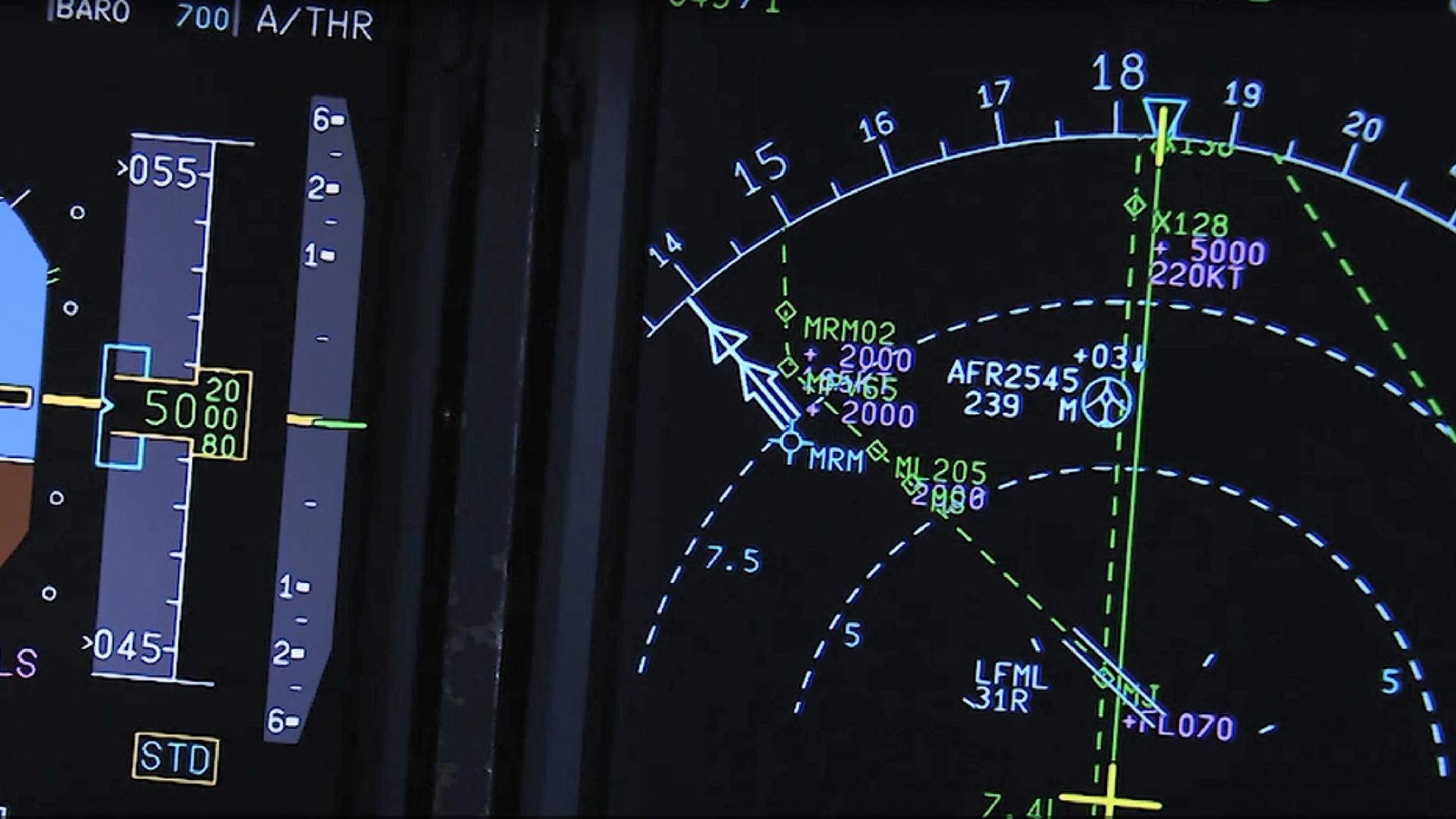
Ever wondered what makes adsbexchange.com tick? This site is a treasure trove for aviation enthusiasts, offering real-time flight tracking data. Unlike other platforms, adsbexchange.com prides itself on being independent and unfiltered. It gathers data from a global network of volunteers using ADS-B receivers. This means you get raw, unaltered flight information. Whether you're a plane spotter, a pilot, or just curious about what's flying overhead, this site has something for you. From military jets to commercial airliners, it covers them all. Ready to dive into some fascinating facts about adsbexchange.com? Let's get started!
What is ADS-B?
ADS-B, or Automatic Dependent Surveillance-Broadcast, is a technology used in aviation for tracking aircraft. It allows planes to broadcast their position and other data to air traffic control and other aircraft. Here are some fascinating facts about ADS-B.
-
ADS-B stands for Automatic Dependent Surveillance-Broadcast. This technology relies on aircraft broadcasting their position and other data automatically.
-
It uses GPS technology. ADS-B relies on GPS to determine the aircraft's precise location.
-
Improves air traffic management. By providing accurate position data, ADS-B helps air traffic controllers manage aircraft more efficiently.
-
Enhances safety. Pilots can see other aircraft in their vicinity, reducing the risk of mid-air collisions.
-
ADS-B Out and ADS-B In. "ADS-B Out" broadcasts information to ground stations and other aircraft, while "ADS-B In" receives information from other aircraft.
How ADS-B Works
Understanding how ADS-B functions can shed light on its importance in modern aviation. Here are some key points about its operation.
-
Broadcasts data every second. ADS-B transmits data about the aircraft's position, speed, and altitude every second.
-
Uses two frequencies. ADS-B operates on 1090 MHz and 978 MHz frequencies.
-
Ground stations receive data. These stations relay the information to air traffic control centers.
-
No radar needed. Unlike traditional radar, ADS-B doesn't require ground-based radar systems.
-
Works globally. ADS-B can be used anywhere in the world, making it a universal tracking system.
Benefits of ADS-B
ADS-B offers numerous advantages over traditional radar-based systems. Here are some of the key benefits.
-
Reduces separation minima. Aircraft can fly closer together safely, increasing airspace capacity.
-
Improves situational awareness. Pilots have a better understanding of their surroundings.
-
Cost-effective. ADS-B is cheaper to install and maintain compared to radar systems.
-
Environmental benefits. More efficient routing reduces fuel consumption and emissions.
-
Better coverage. ADS-B provides coverage in areas where radar is limited or unavailable.
ADS-B Implementation
The implementation of ADS-B has been a significant milestone in aviation history. Here are some facts about its adoption.
-
Mandated by many countries. The U.S., Europe, and Australia have mandated ADS-B for certain airspace.
-
Phased implementation. Different regions have different timelines for ADS-B implementation.
-
General aviation adoption. Many private pilots and small aircraft owners are also adopting ADS-B.
-
ADS-B in space. Satellites equipped with ADS-B receivers can track aircraft over oceans and remote areas.
-
Global cooperation. Countries are working together to ensure seamless ADS-B coverage worldwide.
Challenges and Future of ADS-B
While ADS-B is a game-changer, it also faces some challenges. Here are some insights into its future.
-
Privacy concerns. Some worry about the potential for misuse of ADS-B data.
-
Cost of upgrading. Upgrading aircraft to be ADS-B compliant can be expensive.
-
Interference issues. There are concerns about potential interference with other systems.
-
Cybersecurity risks. Protecting ADS-B data from cyber threats is crucial.
-
Future enhancements. Researchers are working on improving ADS-B technology for even better performance.
-
Integration with other systems. ADS-B will be integrated with other technologies like drones and urban air mobility systems.
Final Thoughts on ADS-B
ADSB technology has revolutionized how we track and manage air traffic. It offers real-time data, improving safety and efficiency in the skies. Pilots, air traffic controllers, and aviation enthusiasts all benefit from its accuracy and reliability. ADSB helps reduce the risk of mid-air collisions and makes flight paths more predictable. It also supports environmental goals by optimizing flight routes, reducing fuel consumption, and lowering emissions. As more aircraft adopt ADSB, the skies will become safer and more efficient. This technology is a game-changer for aviation, making flying safer and more efficient for everyone involved. Whether you're a frequent flyer or just curious about aviation, understanding ADSB gives you a glimpse into the future of air travel. So next time you look up and see a plane, remember the technology working behind the scenes to keep it flying smoothly and safely.
Was this page helpful?
Our commitment to delivering trustworthy and engaging content is at the heart of what we do. Each fact on our site is contributed by real users like you, bringing a wealth of diverse insights and information. To ensure the highest standards of accuracy and reliability, our dedicated editors meticulously review each submission. This process guarantees that the facts we share are not only fascinating but also credible. Trust in our commitment to quality and authenticity as you explore and learn with us.
